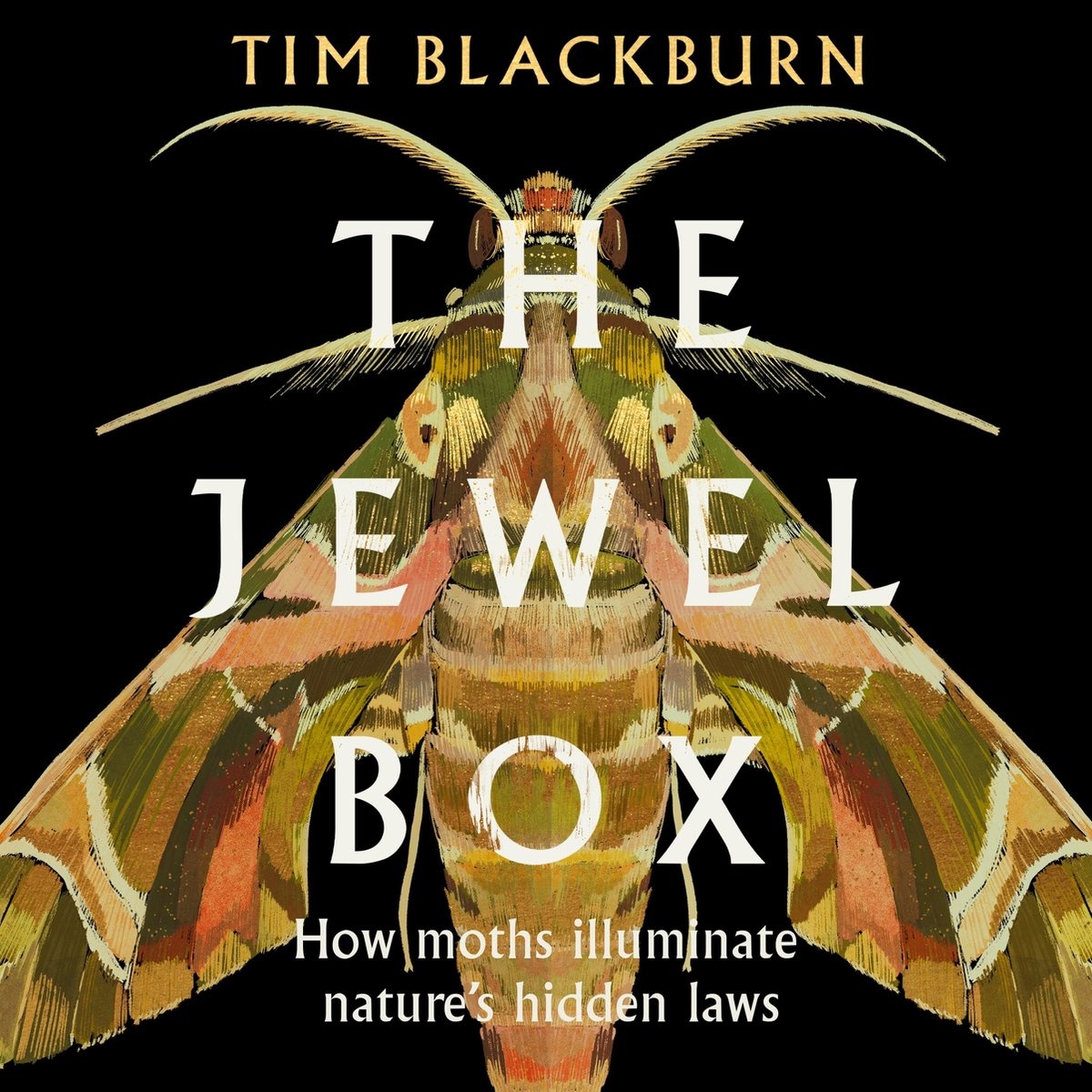| Auteur | Tim Blackburn |
| Taal | Engels |
| ISBN | 9781474624527 |
| Uitgever | Weidenfeld & Nicolson |
| Pagina's | 384 |
| Formaat | 162 x 243 x 39 mm |
| Bindwijze | Hardcover |
| Afbeeldingen | geen afbeeldingen |
| Jaar van uitgave | 2023 |
Every morning, ecologist Tim Blackburn is inspired by the diversity contained within the moth trap he runs on the roof of his London flat. Beautiful, ineffably mysterious organisms, these moths offer a glimpse into a larger order, one that extends beyond individual species, beyond lepidoptera or insects, and into a hidden landscape.
Footmen, whose populations are on the march as their lichen food recovers from decades of industrial pollution. The Goat Moth, a thumb-sized broken stick mimic, that takes several years to mature deep in the wood of tree trunks. The Oak Eggar, with the look of a bemused Honey Monster, host to a large wasp that eats its caterpillars alive from the inside. The Uncertain, whose similarity to other species has motivated its English name. The Silver Y, with a weight measured in milligrams, but capable of migrating across a continent. A moth trap is a magical contraption, conjuring these and hundreds of other insect jewels out of the darkness.
Just as iron filings arrange themselves to articulate a magnetic field that would otherwise be invisible, Blackburn shows us that when we pay proper attention to these tiny animals, their relationships with one another and their connections to the wider web of life, a greater truth about the world gradually emerges. In THE JEWEL BOX, he reflects on what he has learned in thirty years of work as a scientist studying ecosystems, and demonstrates how the contents of one small box can illuminate the workings of all nature.
About the author
Tim Blackburn is a scientist with thirty years of experience studying questions about the distribution, abundance and diversity of species in ecological assemblages. He is currently Professor of Invasion Biology at University College London, where his research focuses on alien species, and his teaching mainly involves leading field courses. Before that he was the Director of the Institute of Zoology, the research arm of the Zoological Society of London.

















